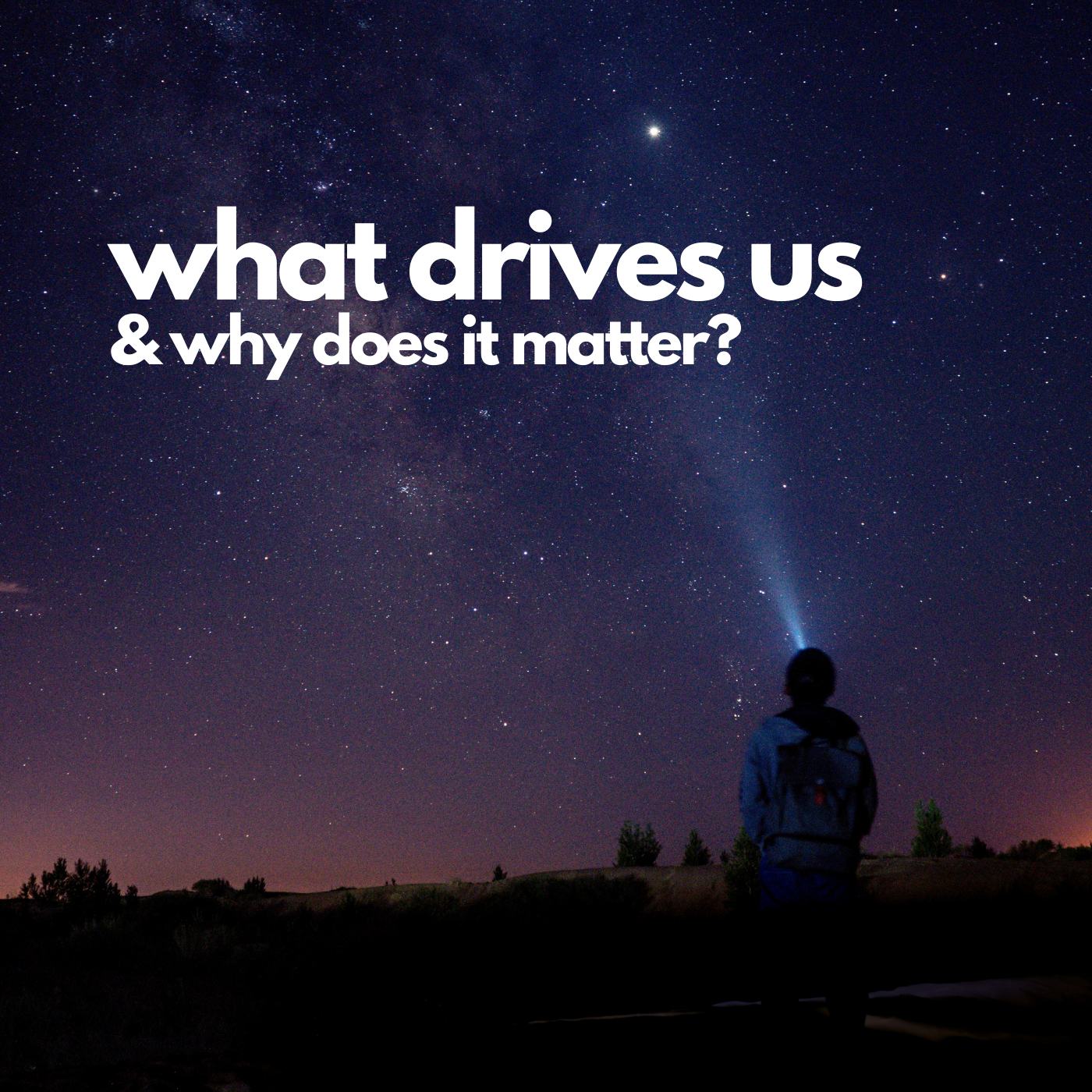
You bet it does! And it’s a complex subject but that doesn’t mean we shouldn’t dig in…
Like a football team whose “why” is to win the league, a team in the business world first needs to know why it exists, why it is a team and defining what success looks like. Interestingly, it’s not uncommon to come across legacy teams in an organisation that no longer even know why they’re teams anymore. Maybe you can relate?
With that in mind, starting with the question, “Why are we a team?” is the most pragmatic approach. For a football team, the why should be pretty obvious, but for an executive team in an established business it’s sometimes less so.
As an example, that’s the reason the participants of our workplace Wellness Program start each weekly team movement challenge by addressing that very question proactively.
Working together in small teams, they discuss the intention of each challenge and thereby embed the idea of approaching business-related challenges in the same way. In time, this helps to create culture change and increase collaboration between co-workers. The same is true for professional athletes and trainers: they set the intention of each workout prior to starting.
Once the why is understood, the next step is to agree how to work together to achieve the objective. As in the sporting world, where the football team has different player positions, so a business team has different roles and responsibilities upon which to agree. To return to the Warrior program once again, if we had a team of three planning how they will execute a specific weekly challenge, they must consider a range of factors such as the strengths and weaknesses of their teammates in reaching agreement on their strategy.
Now, in any high-performing team, whether it be sporting or business, you would expect to find a certain level of conflict. It’s a good thing. But in many ways, it’s how the team collectively manages that conflict that determines whether it is a high-performing team or not. To be considered a high-performing team, the group needs to be greater than the sum of its parts, i.e., it should derive better outcomes together than it would if they acted as individuals. Naturally, where conflict exists, the measure is being able to arrive at a consensus and move forward together. It’s essential, as a matter of fact.
Of course, many teams struggle to collaborate effectively. Not to labour the point but that’s an observation that heavily influences the design of our Warriors weekly challenges. It provides a frequent opportunity for each team to come together, plan the approach they will take, execute the plan, and then reflect on the outcomes. The lessons learned are documented and fed back into the wider business environment by the participants so as to more deeply embed the findings.
But how can we harness this to unite all people within a given business, similar to what the Olympics does for the world with its athletes?
That’s something that sports teams have evolved to understand better in recent years and it’s a learnable outcome for those in the business world, too.
As an example, everyone within a global football team — such as Manchester United or Real Madrid — understand that they are more than just part of an eleven-person squad. They know (and feel) that they are part of an entire community that functions as a living entity. This includes their peers, coaches, medical teams, sponsors, suppliers, and of course, their base of fans around the world. They’re certainly not a static mechanical being, but rather, something more like a dynamic living organism, and as such they understand the need to consider the broader responsibilities of their role within the ecosystem.
Obviously, in a business environment, there is typically a hierarchical leader to whom the team reports, but there are also the peers, other teams around you in the network at the same level, teams of people that report to the people in your team, and then the people to the side of you.
Naturally, there are customers, other stakeholders, and shareholders. Like one of the aforementioned football teams, there is normally a massive ecosystem in which your particular team is a part. And there is power in ensuring that each team member understands the role they are playing within that ecosystem.
Now, we all know that the world isn’t perfect and as humans, we are likely to make mistakes sometimes. So, even if a team has a solid foundation of behaving as we’ve just described, a critical success factor is having the ability to learn, reflect, adapt, and grow together. This in turn helps to impact culture and deepen the sense of purpose within the entire ecosystem of which they are a part.
So you see, harnessing the potential of people, and groups of people is as much a scientific endeavour as it is a human-centric construct.